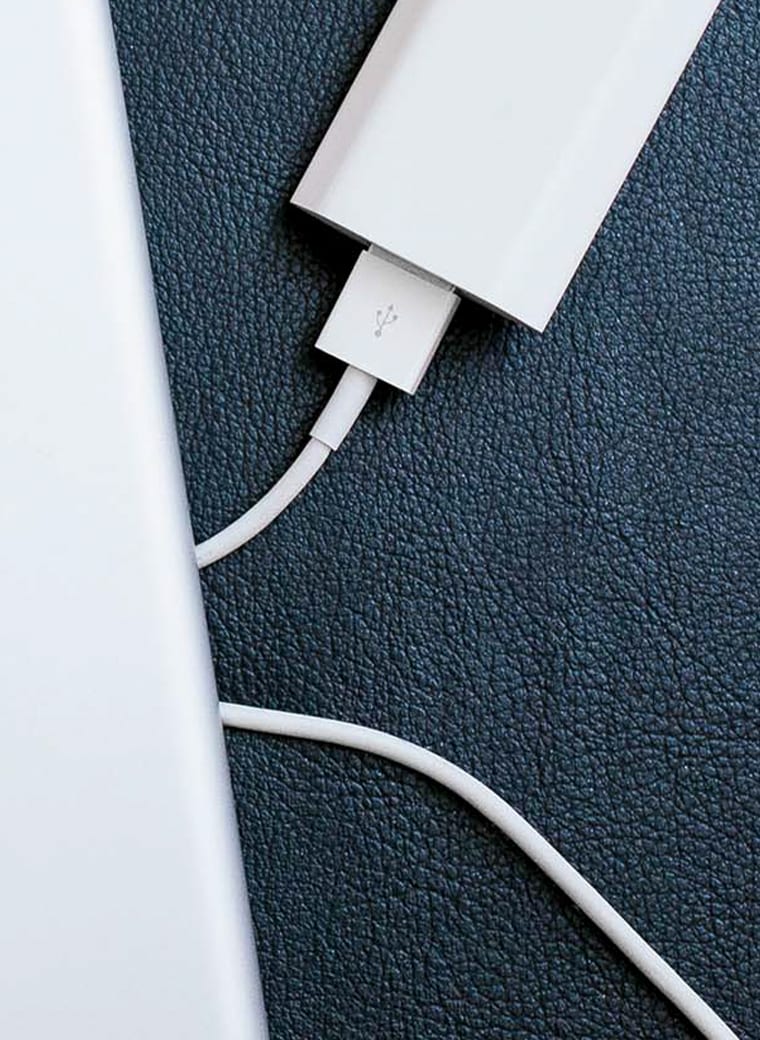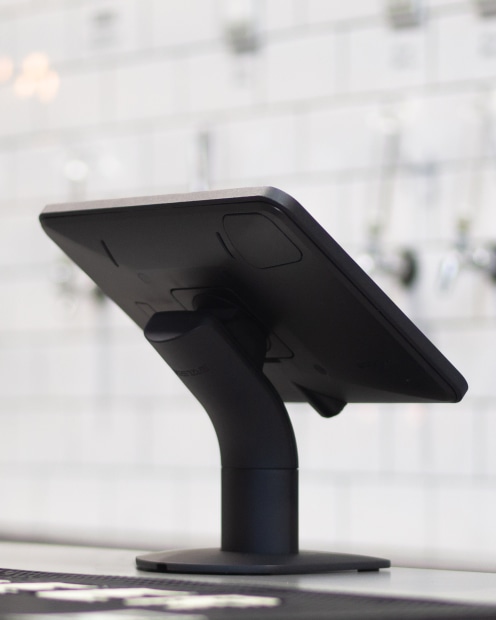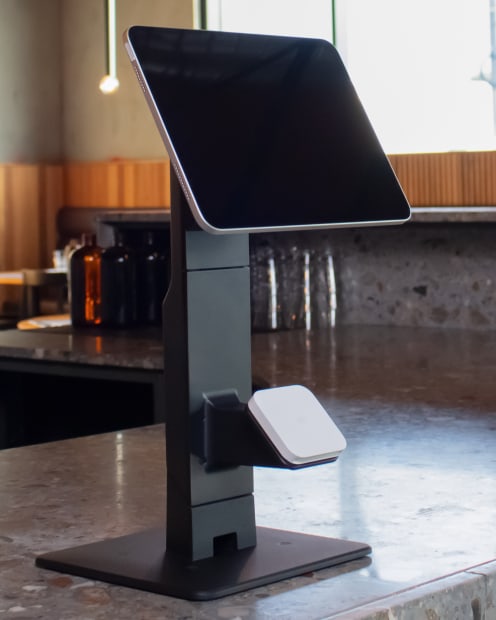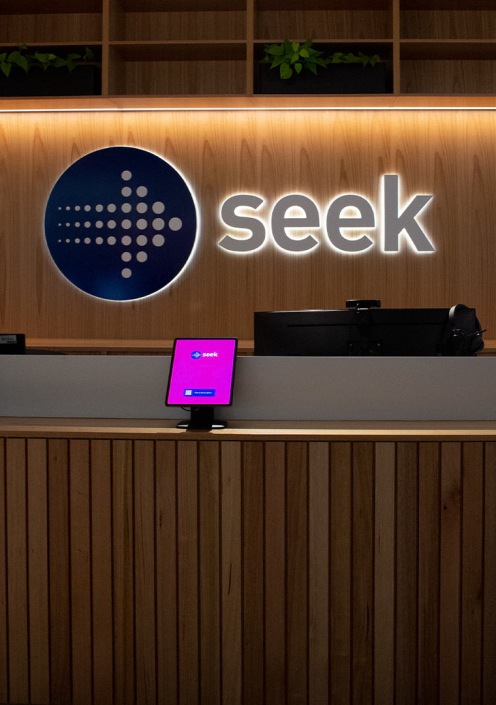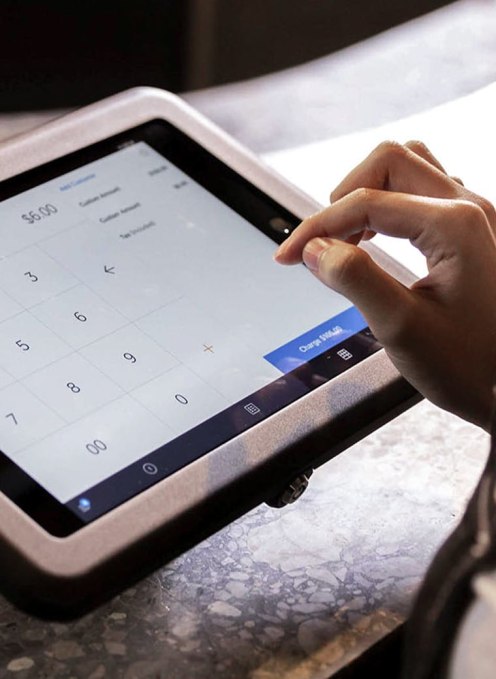Need for speed
Regardless of whether your device charges via USB-C, the lightning charger, or mini-USB, some chargers deliver a faster charge than others.
The difference here comes down to the watts. Basically, the higher the wattage of the charger that you plug into the wall, the faster the charge, so look for an option with a bit of extra power.
For example, MacWorld notes that although they may look the same, a standard iPhone charger offers about 5W, while an iPad charger delivers 12W.
If you’re using a multi-charger, (aka a charging bank with multiple USB outlets) you might also notice there are different wattages listed for the different USB ports.
The outlets with the higher wattage deliver a faster charge.
Meanwhile, if you’re charging off a laptop, using a standard USB port might slow your charging down, while a USB-C port will speed things up. Standard USB generally delivers around 2.5W, while a USB-C connection can charge devices up to 20 times faster.
